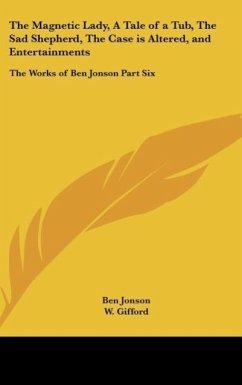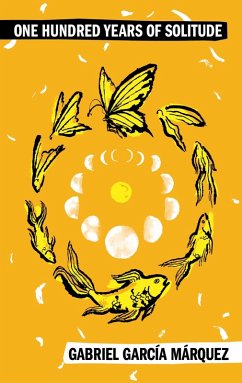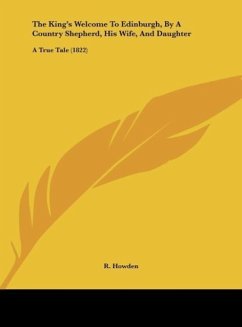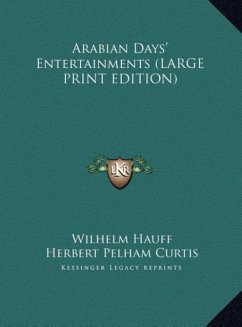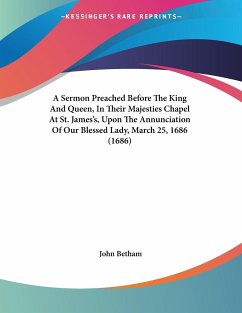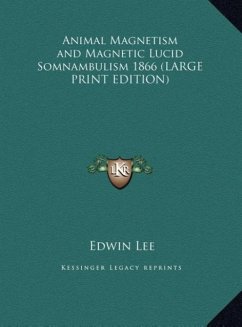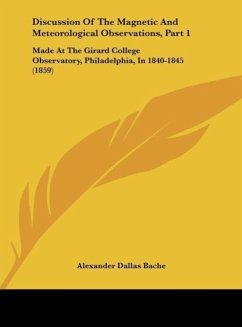
The Magnetic Lady, A Tale of a Tub, The Sad Shepherd, The Case is Altered, and Entertainments
The Works of Ben Jonson V6 (LARGE PRINT EDITION)
Versandkostenfrei!
Versandfertig in 1-2 Wochen
54,99 €
inkl. MwSt.

PAYBACK Punkte
27 °P sammeln!
(LARGE PRINT EDITION) 1816. Part Six of Nine. Dramatist, poet, scholar and writer of court masques, Ben Jonson was the leading literary figure during the reign of King James I. Jonson was known as an avid scholar of Latin and Greek, and his mastery of the classics, the high-spirited buoyancy of his plays and the brilliance of his language have earned him a reputation as one of the great playwrights in English literature. Two of his later works, The Magnetic Lady and The Tale of a Tub, the last doubtless revised from a much earlier comedy. The Case Is Altered is a comedy in the manner of Chapma...
(LARGE PRINT EDITION) 1816. Part Six of Nine. Dramatist, poet, scholar and writer of court masques, Ben Jonson was the leading literary figure during the reign of King James I. Jonson was known as an avid scholar of Latin and Greek, and his mastery of the classics, the high-spirited buoyancy of his plays and the brilliance of his language have earned him a reputation as one of the great playwrights in English literature. Two of his later works, The Magnetic Lady and The Tale of a Tub, the last doubtless revised from a much earlier comedy. The Case Is Altered is a comedy in the manner of Chapman. The Sad Shepherd, was found as a fragment among his papers after his death. See other titles by this author available from Kessinger Publishing.



